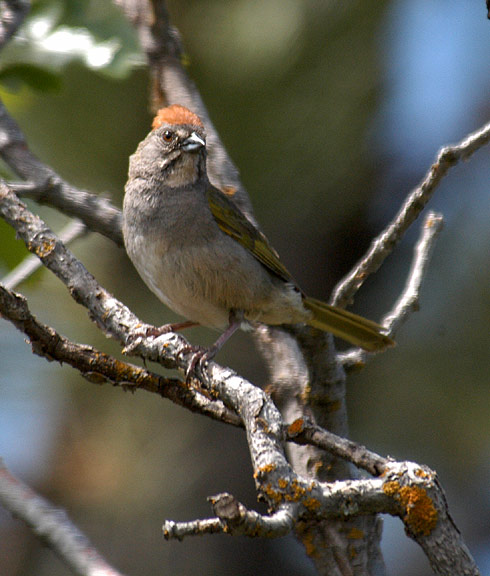Monitoring the Birds of Colorado
Rocky Mountain Bird Observatory implemented Monitoring Colorado’s Birds (MCB) in 1998 in conjunction with its funding partners: the Colorado Division of Wildlife, the U.S. Forest Service and the Bureau of Land Management. The program was structured to obtain count-based data for all breeding landbird species in the state on a randomized and habitat-stratified basis. From 1999 to 2007, we implemented the protocol in a total of 13 habitats throughout the state.
In 2008, RMBO implemented a new spatially balanced sampling design based on Bird Conservation Regions (BCRs) and management boundaries in the state of Colorado. This design, called Integrated Monitoring in Bird Conservation Regions (IMBCR), is better suited to tracking populations given an ever-changing landscape, allows for population estimates at a variety of scales that can be compared to our historic bird-monitoring data, and is compatible with occupancy modeling of rare or difficult-to-detect species, which were previously excluded from analyses.
Monitoring the Birds of Wyoming
In 2002 Rocky Mountain Bird Observatory, in cooperation with the U.S. Forest Service, the Bureau of Land Management, Wyoming Game and Fish Department, and Wyoming Partners in Flight, initiated a statewide program, Monitoring Wyoming’s Birds (MWB). We modeled MWB after Colorado’s bird monitoring program to obtain count-based data for most diurnal, regularly breeding landbird species in the state using a randomized and habitat-stratified design. Using the Wyoming GAP Analysis Land Cover GIS layer, blocks of habitat large enough to support a 3.5 km transect were randomly selected within six habitats throughout the state.
In 2008, RMBO implemented a new spatially balanced sampling design based on Bird Conservation Regions (BCRs) and management boundaries in the state of Colorado and, in 2009, expanded the sampling design into Wyoming. The IMBCR (Integrated Monitoring in Bird Conservation Regions) design is better suited to tracking populations given an ever-changing landscape, allows for population estimates at a variety of scales that can still be compared to our historic bird monitoring data, and is compatible with occupancy modeling of rare or difficult-to-detect species, which were previously excluded from analyses.